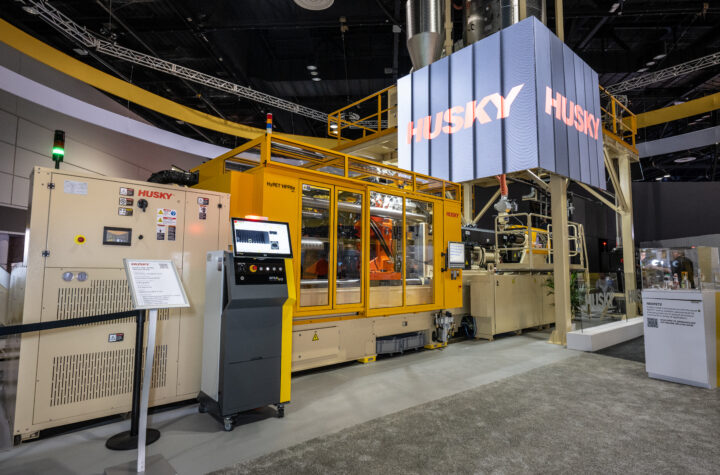The automotive industry employs an approach to new product development referred to as Advanced Product Quality Planning (APQP). This approach provides a logical course for product development with a rationale sequence for the effort, while remaining flexible enough to be able to adapted to meet the specific requirements of a specific project to include embedded software development as well as other industries. APQP was born out of a collaboration of the various automobile manufacturers through the Automotive Industry Action Group (AIAG).
Use in industry
The APQP approach originated with Ford, Chrysler, and GM and has been deployed within nearly all automotive suppliers including off-road (e.g., Caterpillar or John Deere) and commercial vehicles (trucks of all categories—for example, Volvo, PACCAR or Navistar). The Supplier management tools are formalized into a Production Part Approval Process.
The APQP approach has also evolved into the Hazard Analysis and Critical Control Point (HACCP) system which is used in the following industries:
· Food
· Pharmaceutical
· Medical
All of these industries make use of variations on the original APQP tools, such as failure mode and effect analyses.
Generalized Approach
The APQP philosophy is one of concurrency of the multiple discipline effort required to define, develop and effectively manufacture an automotive product.
It is composed of a logical sequence of events (not just product development or manufacturing) which, in turn, are supported by a well-defined collection of tools. A strong constituent of APQP is the focus on feedback, from within the enterprise as well as the supply base and customers. The feedback required by APQP provides a mechanism for true control in the control system sense. The approach is also congruent with Shewhart Plan-Do-Check-Act (PDCA) cycle popularized by W. Edwards Deming and often called the Deming loop.
APQP Phases
APQP supports a minimum of five phases:
1. Plan and define program
2. Product design and development
3. Process design and development
4. Product and process verification and validation
5. Feedback, assessment, and corrective action
The first four phases often occur as a staggered or overlapping concurrent engineering approach. The last bullet should occur throughout the process.
Figure 1 AIAG Development Process [1]
The APQP phases can be used directly as project phases. However, since the phases are set up by discipline or domain, and success requires domain interactions, it is prudent to set up more by objective or point in the processes. Additionally, since this is a high-level breakdown, we recommend increasing details beyond that provided by the AIAG document specific to your effort. The phases can provide a basis for gate reviews or kill-points through the project lifecycle. This approach makes detailed project planning possible by starting the decomposition of the project scope into the actions required per the organization and customer needs. As such, we can use APQP to help us plan and define the entire development program from customer input through to manufacturing and launch.
Figure 2 Phased Approach [2]
Voice of Customer
Voice of the customer (VOC) is the precipitating event or catalyst for the project. What does the customer need, or want? Can we perform the work, does it meet our corporation’s objectives if we undertake the project? Customer requirements should be defined and quantified in a manner that can be measured over the project lifecycle. These requirements must also be prioritized. In the course of exploring the design solution, trade-offs based on these requirements will likely be required.[3]
We will use interviews, any historical experience we may have as well as team and expert experiences to create:
· Design goals
· Reliability and Quality Objectives
· Preliminary Bill of Materials
· Preliminary Process Flow Chart
· Identification of special product and process characteristics
· Product Assurance Plan
· Management Backing Confirmation
Product Development
Let’s say the marketing investigation and conceptualization phase of any project is already complete. Using APQP we would perform the following actions with respect to product development:
· Design verification (key product characteristics)
· Design reviews (Hardware and software reviews)
· Prototype build and evaluations
· Drawings
· Specifications
· Support equipment requirements analysis
· Test/measurement equipment requirements
If we were designing an instrument cluster for example, we would begin the specification work detailing the functional and performance demands upon the hardware and the software. There would be design reviews, of that documentation, and we would identify the key product characteristics and begin developing test plans around the design results
We can use a range of product development tools to assist in completion of the product development actions. Some of these tools consist of the following items:
· Simulation
· Component / Subsystem
· System
· Vehicle
· Design Failure mode and effects analysis (DFMEA)
· Prototypes
· Design for manufacturability/Assembly (DFMA)
· Design release notes
· Hardware revisions (unique revision level / part number)
· Software revisions
· Configuration management
· Basis of test configurations
· Change management
· Control changes to the product through development
While we recommend the toolset that comes with APQP, we don’t recommend getting “hung up” on the tools but, rather, consider APQP as a process to help ensure control and quality through the duration of the development process.
Process Development
Analogous to the product approach, we also have a process design and development sequence which, again, can be expanded into many more actions than these:
· Packaging design
· Quality reviews
· Floor plan layout
· Process instructions
· Planning measurement system analysis
In our instrument cluster example, we would develop the material handling and manufacturing processes from start to finish including how the part will be shipped to the customer.
As with product development, the process development sequence has its own set of tools:
· Preliminary process capability plan
· Process flow chart
· Characteristics matrix
· Process failure mode and effects analysis (PFMEA)
· Pre-launch control plan
Product and Process Verification and Validation
The APQP approach demands that both products and process be verified and validated. ‘Verification’ generally refers to proving that the design of either the product or the process meets requirements. ‘Validation’ may consist of similar actions, but validation typically occurs during the endgame and it is oriented toward the satisfaction of customer needs. Many of the actions taken include, but are not limited to, the following:
· Pilot runs and run-at-rate
· Measurement system analyses
· Process capability studies
· Production part approval
· Test and field vehicles
· Production part approval process (PPAP)
· Design verification and plan and report (DVP&R)
· Packaging reports
· Production validation test reports
We recommend that the APQP practitioner institute product and process design verification as early in the process as is feasible. The validation phase should include testing to the design limits, pushing the product to the failure limit, and going all the way to the destruct limit when possible to characterize potential warranty issues.
In this phase, we confirm the instrument cluster design meets the targets and that the manufacturing processes are able to deliver the product at the required quality and volume of production.
Feedback, assessment, and corrective action
As we noted earlier, the APQP approach emphasizes feedback and corrective action while remaining curiously non-prescriptive. Some of the facets of this part of APQP include:
· Variation control
· Failure reporting and corrective action system (FRACAS)
· Fault reporting (fault designator / identifier)
· Traceability of:
· Fault
· Status
· Quick response
In the automotive world, a common approach to corrective action is the use of the eight disciplines (8D) tool, which incorporates emergency actions, containment actions, irreversible corrective actions and verification for each of these phases to the overall corrective action. Things found in one are (product or process development) will impact the other. Specifically, what is learned in the course of doing the work will alter the other. This is where concurrency really impacts the outcome. For example, consider we find out that the product under design cannot be manufactured at a cost-effective level. Knowing this, makes it possible to adapt the product design and development to the limitations of manufacturing (process design and development)
Control Plans
The heart of APQP process design and develop is the control plan. The principal elements of a control plan are:
· Part/process # (derive from the process flow diagram)
· Process/operation description (textual description)
· Machine for manufacturing (device)
· Characteristics (special information about the device)
· Number
· Product
· Process
· Special characteristic class (items requiring special attention)
· Specification tolerance (adds measurement to the system and makes the system objective)
· Measurement technique (the tool or approach used; e.g., micrometer versus caliper)
· Sample size & frequency (statistical basis for decision-making)
· Control method (how do make the decision?)
· Reaction plan (what do we do once the decision occurs)
Production Part Approval Process (PPAP)
As we indicated earlier, the supplier management portion of the APQP approach is formal. A PPAP submission has eighteen required documents, which include all design-oriented documents, all major process-oriented documents, appearance, and materials assessment.
Figure 3 PPAP Structure [4]
The benefits of PPAP are various but one of the most important is that is represents the last chance for supplier to review themselves before submitting results to customer—ultimately, being more important to the supplier than to the customer. It decidedly formalizes the release relationship from supplier to customer and it also standardizes the documentation required for the complete submission.
The defects of PPAP are the following:
· It can become a mere formality
· Slipshod work on component documents misses the point for both supplier and customer
· Often, customers don’t review very well
· May stay in a condition called ‘interim PPAP’ for years
By the time we reach the end of the development process, we expect to see the product in production. Any change or iteration of the product released and any future iteration must fall under formal configuration management system for production.
We believe it should be clear that APQP can be adapted and applied to other industries and systems. Beyond the ones we have mentioned, we could also deploy APQP to service industries (including process planning and development, process verification, and run at rate activities). APQP can support the launch of consumer products, contract manufacturing (non-automotive), and the education arena.
[1] Kim H. Pries and Jon M. Quigley, Project Management of Complex and Embedded Systems, Ensuring Product Integrity and Program Quality (Boca Raton, CRC Press, 2008) page 4
[2] Kim H. Pries and Jon M. Quigley, Project Management of Complex and Embedded Systems, Ensuring Product Integrity and Program Quality (Boca Raton, CRC Press 2008) page 11
[3] Quigley, J. M., & Shenoy, R. J. (2016). Project management for automotive engineers: a field guide. Warrendale, PA, USA: SAE International page 37.
[4] Kim H. Pries and Jon M. Quigley, Project Management of Complex and Embedded Systems, Ensuring Product Integrity and Program Quality (Boca Raton, CRC Press, 2008) page 256
Ai contributor: Jon M. Quigley
Jon has been in the automotive product development and manufacturing for nearly 30 years. He holds two master level degrees as well as two globally recognized certifications. He has ceded seven patents to the companies at which he has worked. He is a serial author and contributor to 15 books, guest lecturer, frequent guest on podcasts (such as SPaMcast), and teacher on the topics about which he writes. He has a long-standing membership in SAE International, including authoring a book, and teaching classes. Jon has won awards such as the Volvo-3P Technical Award in 2005 going on to win the 2006 Volvo Technology Award.
*Quigley’s Corner:
The automotive industry is a complex web of market, product development, product and supply chain management and manufacturing. This column explores developing of new products and the variety of approaches to successfully create and launch quality products through to production.

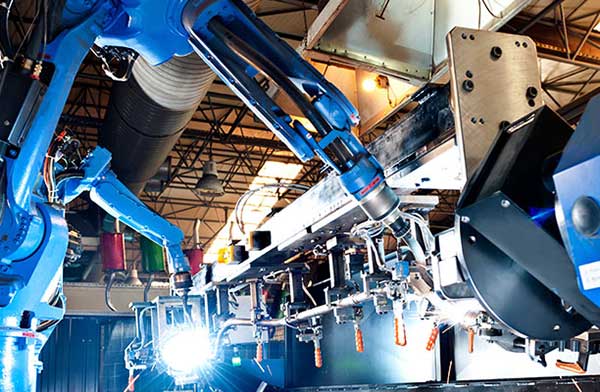
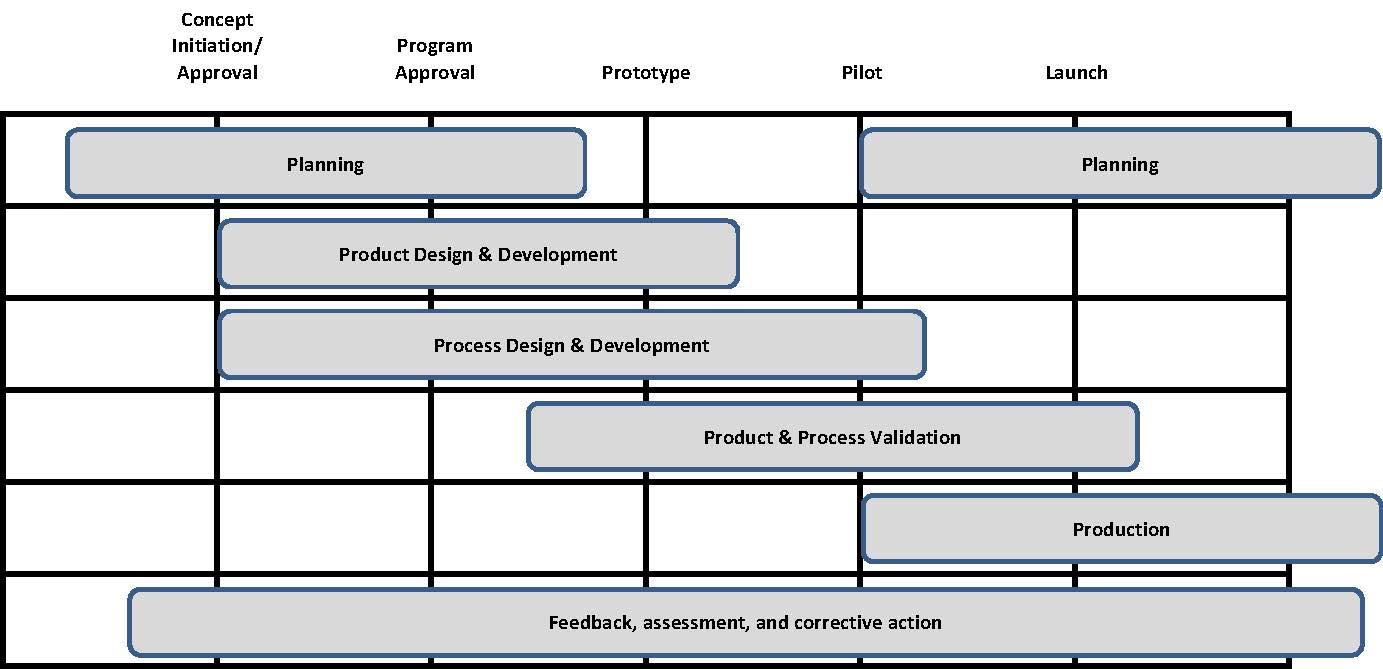

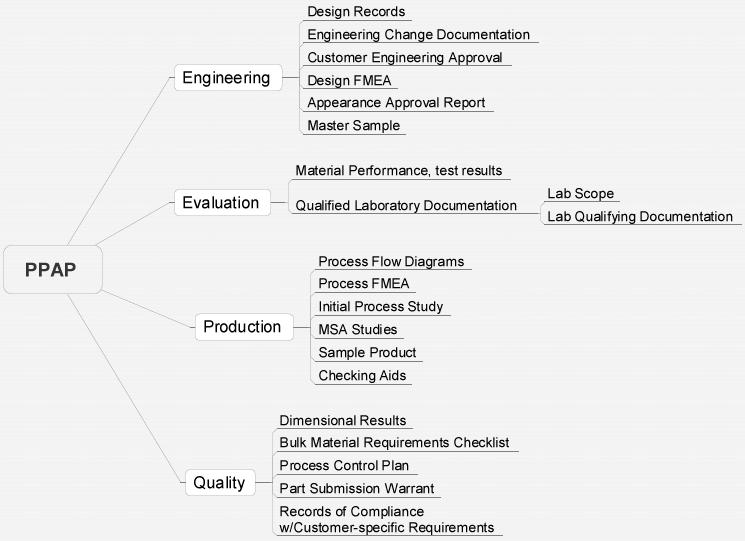
 Wallbox completes second tranche of €23M series A investment
Wallbox completes second tranche of €23M series A investment Auto, aerospace leader Yajima to establish US headquarters in Purdue Research Park
Auto, aerospace leader Yajima to establish US headquarters in Purdue Research Park Kumho has joined forces with Europe’s leading tyre logistics company Fiege to open a major new warehouse facility in Germany
Kumho has joined forces with Europe’s leading tyre logistics company Fiege to open a major new warehouse facility in Germany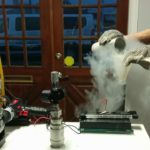 CryomatiKs is "Delivering energy out of thin air....."
CryomatiKs is "Delivering energy out of thin air....." AMTE Power and Britishvolt sign MoU for UK’s landmark battery Giga Factory
AMTE Power and Britishvolt sign MoU for UK’s landmark battery Giga Factory Tyrata's low-cost Drive-Over System (DOS) and data analytics to revolutionize Bus Fleet maintenance
Tyrata's low-cost Drive-Over System (DOS) and data analytics to revolutionize Bus Fleet maintenance

